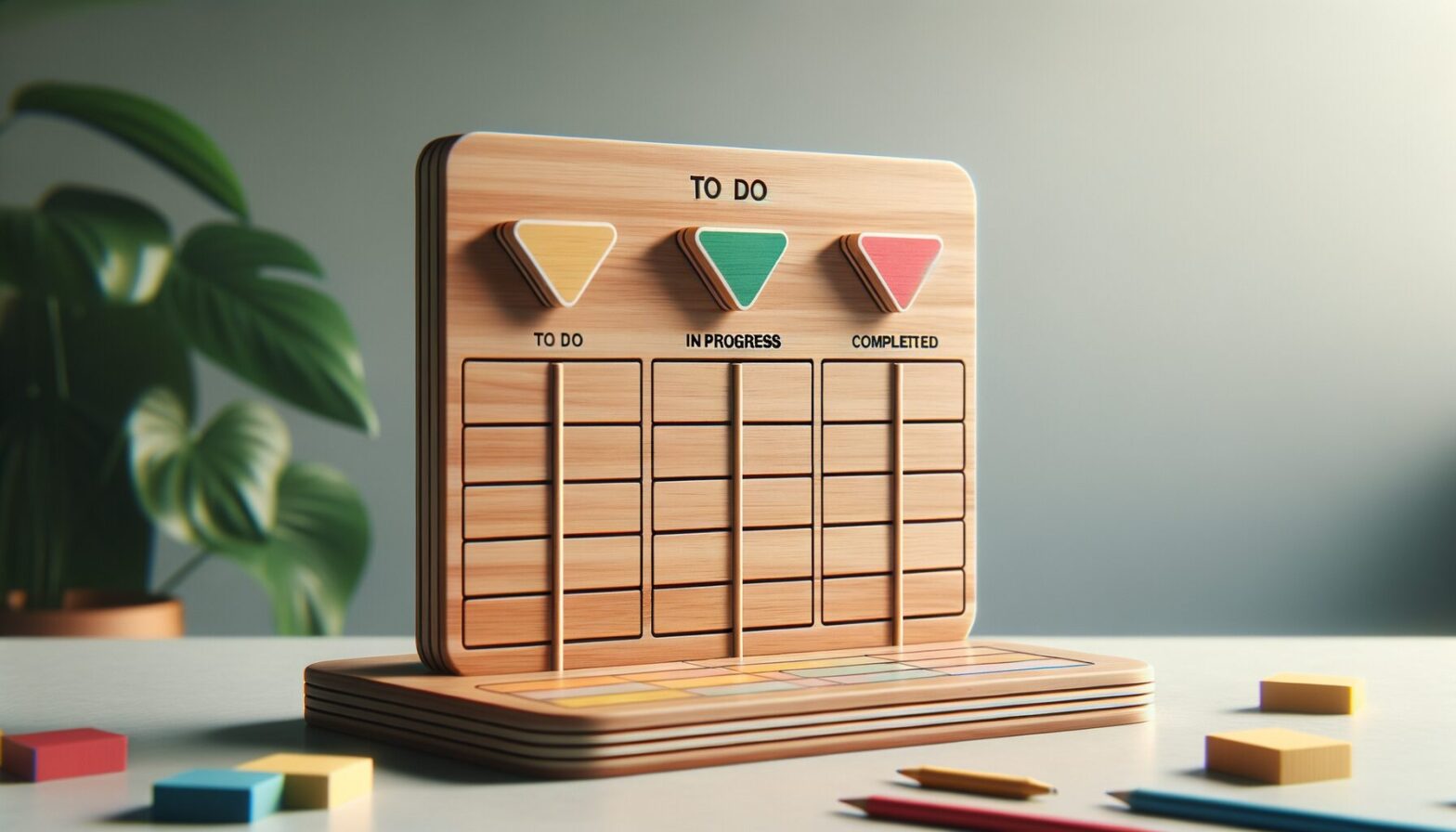The Basics of T-Card Project Management
At its core, T-Card Project Management is a visual scheduling and tracking system that utilises simple cards arranged on boards to represent tasks, team members, or project stages. Each T-Card typically contains key information such as task details, deadlines, and responsible individuals. This analogue method is surprisingly effective in providing a clear overview of ongoing projects without the need for complex software.
The T-Card system is often seen hanging in workshops, factories, or offices — a tangible way for teams to monitor progress at a glance. Unlike digital tools that require logging in or filtering through dashboards, T-Cards make project status immediately visible to everyone. This accessibility helps keep communication transparent and reduces the risk of important updates slipping through the cracks.
Moreover, the physical nature of T-Cards encourages team members to engage directly with the project workflow. Moving a card from ‘To Do’ to ‘In Progress’ or ‘Completed’ feels satisfying and helps build momentum. This tactile interaction can boost motivation and foster a stronger connection with the work being done.
How T-Cards Simplify Daily Routines
In today’s fast-paced work environments, managing multiple projects simultaneously can become overwhelming. Here, T-Card Project Management shines by simplifying daily routines through its straightforward visual cues. Instead of sifting through lengthy emails or digital task lists, team members can quickly identify their priorities by glancing at the board.
This simplicity reduces decision fatigue because it removes ambiguity about what needs attention next. For managers, it means less time spent in status meetings or chasing updates since the board itself tells the story. Tasks are clearly assigned and visible, which promotes accountability and timely completion.
Furthermore, the system’s adaptability allows teams to customise boards according to their unique workflows. Whether it’s colour-coded cards to indicate priority levels or sections dedicated to different projects, T-Cards offer flexibility without sacrificing clarity. This adaptability makes them ideal for industries ranging from manufacturing to creative agencies.
Integrating T-Cards with Modern Project Tools
While some may view T-Cards as old-fashioned compared to digital project management software, many organisations find value in combining both approaches. Hybrid systems can leverage the tactile benefits of T-Cards alongside the analytical power of digital tools.
For example, teams might use T-Cards on a physical board for daily stand-ups and immediate task visibility, while logging progress in a software platform for detailed reporting and remote collaboration. This dual approach caters to both on-site workers who benefit from hands-on tracking and remote team members who need digital access.
Additionally, some modern T-Card systems incorporate QR codes or NFC tags on cards that link to online documents or resources, merging physical and digital worlds seamlessly. Such innovations help maintain simplicity without sacrificing connectivity, demonstrating that traditional methods can evolve alongside technology.
Why T-Card Project Management Remains Relevant
Despite the surge in sophisticated project management tools, the enduring popularity of T-Card systems speaks volumes about their effectiveness. Their core strength lies in their simplicity and immediacy—qualities that technology can sometimes overcomplicate.
T-Cards promote team cohesion by making work visible and encouraging direct interaction with tasks. They are particularly effective in environments where quick shifts in priority are common, such as manufacturing floors or emergency services. The system’s low cost and ease of implementation make it accessible to organisations of all sizes.
In summary, T-Card Project Management simplifies workflows by breaking down complex projects into manageable units that everyone can see and act upon. It fosters clarity, accountability, and collaboration—fundamental ingredients for project success.
Notes
- T-Card systems can reduce time spent in status meetings by up to 30%.
- Over 60% of manufacturing teams still rely on physical scheduling tools like T-Cards.
- Hybrid project management approaches combining physical and digital tools are growing by 15% annually.
- Visual management tools like T-Cards improve task completion rates by up to 25%.
